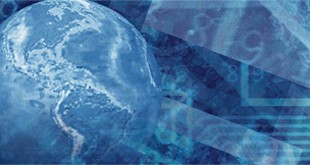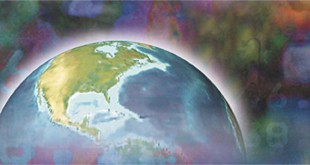आप गुड लुकिंग हैं, अच्छी नौकरी करते हैं, संपन्न हैं लेकिन अब तक सिंगल हैं? चाहकर भी आपकी मिस्टर राइट या मिस राइट की तलाश पूरी नहीं हो रही? हो सकता है किसी फेंगशुई प्रॉब्लम की वजह से ऐसा हो। फेंगशुई के मुताबिक हर चीज एक-दूसरे से एनर्जेटिकली जुड़ी हुई है। आपके आस-पास का वातावरण आप पर सकारात्मक या नकारात्मक …
Read More »बगलामुखी मंदिर, नलखेड़ा, शाजापुर, मध्यप्रदेश
विश्व के सर्वाधिक प्राचीन बगलामुखी मंदिर नलखेड़ा (मध्य प्रदेश) में माता बगलामुखी जयंती समारोह को धूमधाम से मनाएंगे। यह स्थान (मां बगलामुखी शक्ति पीठ) नलखेड़ा में स्वयंभू प्रतिमा शमशान क्षेत्र में स्थित है। कहा जाता है की इसकी स्थापना महाभारत युद्ध के 12 वें दिन स्वयं धर्मराज युधिष्ठिर ने भगवान श्री कृष्ण के निर्देशानुसार की थी। प्राचीन तंत्र ग्रंथों में …
Read More »World Famous Landmarks Quiz
The World Famous Landmarks Quiz tests how much you know about some of the world’s most famous destinations. See what you know in the famous landmarks quiz.
Read More »General Quiz – 3
General Quiz – 2
General Quiz – 1
Famous Cities Quiz
Famous Cities Quiz – Different cities are famous for different things. The famous landmarks quiz tests how much you know about some of the world’s most famous destinations.
Read More »घर में समृद्धि व खुशहाली के लिए वास्तु
जब भी कोई अपने सपनों का घर बनाने लगता है तो वास्तु और फेंगशुई के नियमों अनुसार ही वह उसे संवारते एवं सजाते हैं ताकि घर में समृद्धि व खुशहाली आ सके। प्रत्येक महिला की चाह होती है की वह अपने आसपास को और अपने घर को इस तरह सजाए की उसका आशियाना सुकून भरा बने। घर को सजाने के …
Read More »Crosswords
Crosswords – वर्ग पहेली – This puzzle game is an excellent way to spend some free time building your vocabulary and problem solving skills, as well as a great way to keep your mind quick and flexible. Picture – Crossword
Read More »हिन्दुओं में विवाह करने की परंपरा
हिंदू धर्म शास्त्रों में हमारे सोलह संस्कार बताए गए हैं। इन संस्कारों में काफी महत्वपूर्ण विवाह संस्कार हैं। शादी को व्यक्ति का दूसरा जन्म भी माना जाता है क्योंकि इसके बाद वर-वधू सहित दोनों के परिवारों का जीवन पूरी तरह बदल जाता है इसलिए विवाह के संबंध में कई महत्वपूर्ण सावधानियां रखना जरूरी है। विवाह के बाद वर-वधू का जीवन …
Read More » Kids Portal For Parents India Kids Network
Kids Portal For Parents India Kids Network









